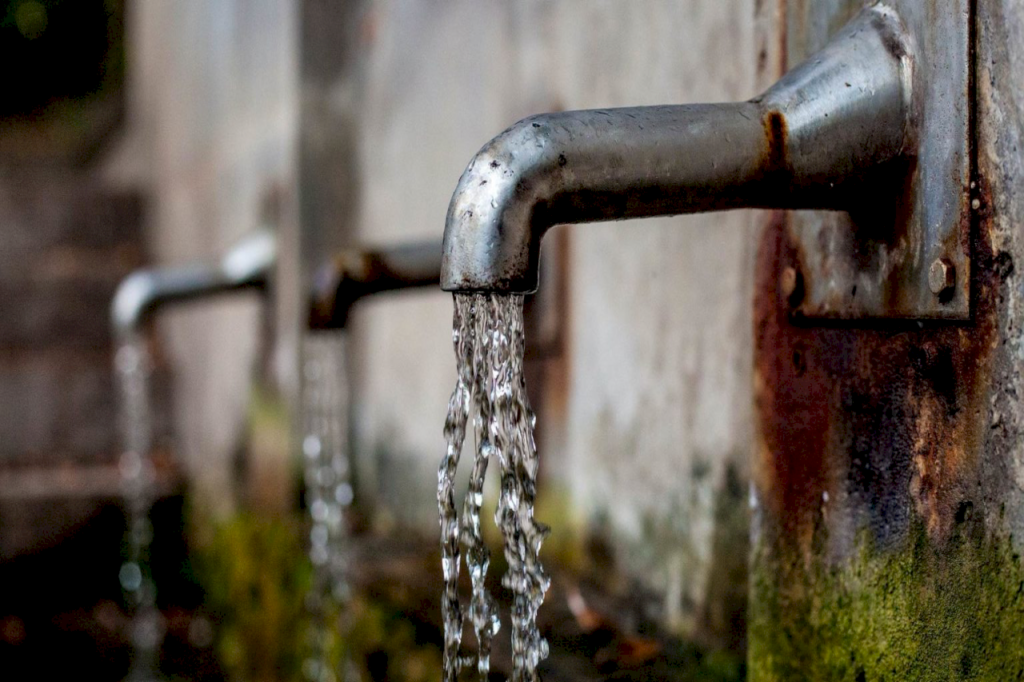If you opened this article hoping it was about wine, well I hate to disappoint you. But hold onto your glasses, because I’ve got a wine mindfulness practice (yes, you read that right!) in the queue, so stay tuned.
Until then, how about a pop quiz?
What exists within your body as plasma, serum, saliva, nasal fluids, urine, cerebrospinal fluid, and sweat?
If you guessed water, ding-ding-ding, you got it!

While it’s true that drinking the water helps your “skin glow” (thank you Cosmopolitan!), it also has a whole slew of other benefits that are the inner-workings of that glowy visage. It:
- Regulates body temperature
- Naturally detoxifies your body
- Contributes to conversion and transportation of proteins and carbohydrates, and metabolizes them into useable nutrients
- Acts as a brain and spine shock absorber (your brain IS ~70% water)Lubricates your joints
- Improves cognitive function
- Is an active ingredient for production of hormone & neurotransmitters in your brain
- Keeps mucosal membranes moist
- Keeps our body growing, reproducing, and thriving on a cellular level, literally
With all of these benefits, it’s probably no surprise that water makes up a tremendous percentage of our adult bodies — about 60% — or that everyone from doctors to wellness advisors prescribe regular water consumption.
But have you ever considered that how you consume that water might make a difference?
Shockingly, it does.
So, with summer upon us and with it, our inclination to “chug” a glass of H2O after a hot, sweaty run or yoga session, I wanted to address the “how” of water intake.
Hold on, hold on. I know what you’re thinking. “If there’s one thing I know how to do, it’s drink a glass of water!”
I get it, but what I’d like to challenge is the “amount-driven” consumption way in which we drink water.
How we drink our water actually takes more thought than you’d think and makes all the difference.
As a little girl, before I was nerdy enough to understand all the words, I read lots of books on plant and Ayurvedic medicine. I also took cold showers, practiced weird breathing techniques, dry brushed, and had a sit practice before it was “chic”.
Yep, I know. But I can’t help that I was born a nerdy, weird kid who wanted to know how her body worked.
Not much has changed.
To my husband’s dismay, that curiosity has led me to consistently question and study the how and why we do certain things — and how those practices affect our brains, energy, productivity, and moods.
And it is that relentless curiosity that led me to discover this little known impact related to how we drink water.
So, here’s what it all comes down to: absorption.
How we drink water dramatically impacts the degree to which our body can absorb and, as a result, benefit from it. Put another way, not all drinks of water are created equal.
Seemingly simple things like the rate at which we drink (sipping vs. chugging), the temperature of the water, and even the position of our body while we’re drinking all impact our body’s ability to absorb it.
Crazy, right?
6 KEYS TO SUCCESSFUL H2O CONSUMPTION
Now that you understand that the how of drinking water actually matters, let me offer you six specific and practical ways you can rewire your approach to how you drink this wonderful elixir of life (just remember that I’m not a doctor and if you have any health concerns you should consult your physician):
- Allow for each sip to be a mindfulness practice. Yes, sip, not chug. When we chug water (like some weight loss programs advocate for) we don’t absorb much of it. It fills our belly and then runs right through us, leaving us both unnourished and unsatiated.
- Skip the ice. While an ice-cold glass of water can feel refreshing, especially with summer upon us, its coldness actually douses the flame of our digestive tract. Cold water decreases the blood supply to our stomach, and many of our important organs, leading to fewer bowel movements — and really, who wants that? Ayurveda also claims that warm water has the potential to control cholesterol levels by keeping the arteries clean.
- Ditch drinking and dining Our stomach needs physical room to churn, move around and digest everything we consume. I often advocate for only eating until you’re 80% full, but we often forget that water counts toward that fullness. Sipping a small amount of water during a meal(and remembering to breathe afterward) allows room for our digestive processing to happen more effectively.
- Keep your lips moist! In addition to urine color, pay attention to your Chapstick habit. Do you find your lips constantly feeling dry and chapped? If so, it’s probably a sign that you’re not doing enough sipping. If you’re sipping your water consistently throughout the day, but still feeling dry, you may want to take note of your diet, exercise level, and perhaps increase your water intake.
- Sit while drinking. This may sound silly, but you should try drinking more water while sitting down. When you sit, your muscles and nervous system are more relaxed, enabling more efficient digestion and allowing the kidneys to filter properly.
- Forget the Number. As I mentioned before, we all live very different lives — so it’s unrealistic to prescribe a set number of ounces or glasses per day. So stop counting! Our bodies have a built-in alarm system: THIRST! If you are feeling thirsty, just sip and breathe. If you are listening throughout the day and sipping when thirst strikes, you should remain sufficiently hydrated.
As the summer heat starts to hit, it’s important to stay hydrated. But as you do so this week, try to pay attention to the how and allow every drink of water to be a mindfulness practice.
